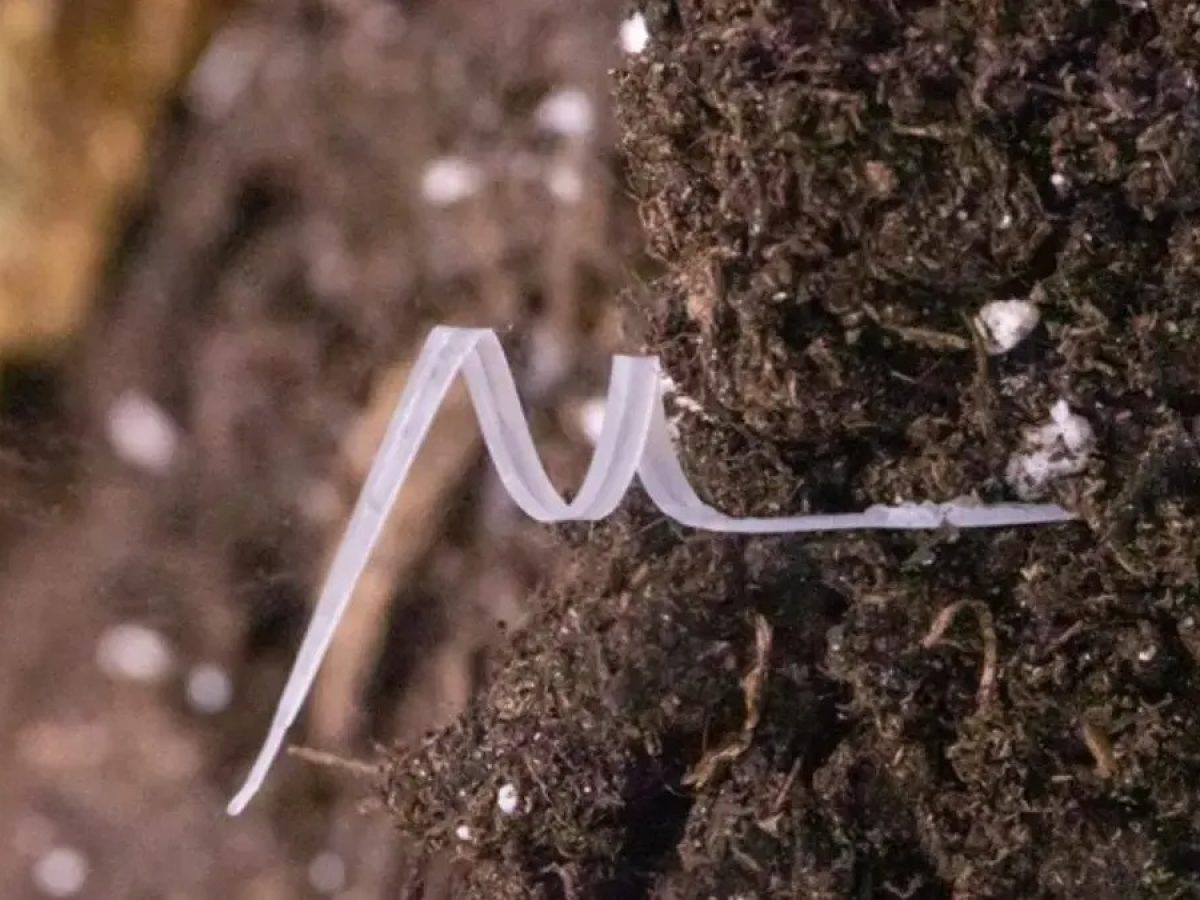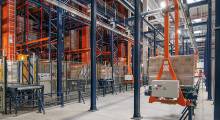Users increasingly need robotic grippers that can function similarly to human hands. That’s particularly true in manufacturing and order-fulfillment facilities, where robots may grasp everything from fragile fruits to delicate decorations.
Researchers from Germany’s Max Planck Institute for Intelligent Systems, Austria’s Johannes Kepler University and the University of Colorado at Boulder in the United States recently made a fully biodegradable artificial muscle from gelatin, oil and bioplastics. They called them hydraulically amplified self-healing electrostatic actuators. The team used them to move a robotic gripper. A YouTube video from the group indicated the muscles break down in compost bins after six months.
Ellen Rumley — co-first author of the accompanying research paper — thinks the innovation has a bright future. “We see an urgent need for sustainable materials in the accelerating field of soft robotics. Biodegradable parts could offer a sustainable solution, especially for single-use applications, like for medical operations, search-and-rescue missions and manipulation of hazardous substances. Instead of accumulating in landfills at the end of product life, the robots of the future could become compost for future plant growth,” she explained.
Building a seed-shaped robot to explore the soil
Setting goals for a robot’s functionality is one of the first things designers must do. That step provides initial ideas for how the machine must work.
When people make biodegradable soft robotics or other advanced products, they must also consider the item’s power requirements. For example, multiconductor cables are common for robots and other control-related applications. They can tolerate between 300 and 600 volts when used indoors or out.
Another question to consider is whether people could make a robot that doesn’t need a power source. That would be especially handy outdoors or in environments where frequent battery changes or wires are infeasible. Consider the example of Italian researchers working at the Italian Institute of Technology in the Bioinspired Soft Robotics Lab.
They built a seed-shaped soft robot called I-Seed that works without an external power source. The creation takes inspiration from South African geranium seeds, which change shape in response to humidity. The robot is also impressively strong — it can lift up to approximately 200 times its weight.
The researchers said these biodegradable robots are low-cost soil-monitoring instruments that work particularly well for studying remote areas. Project coordinator Barbara Mazzolai remarked, “With this latest research, we have further proved that it is possible to create innovative solutions that not only have the objective of monitoring the well-being of our planet but that do so without altering it.
Making a caterpillar-sized robot to deliver drugs
As people work on improving biodegradable soft robots, they often look to nature for inspiration. That occurred with a University of Hong Kong team that found their jumping-off point in caterpillars. They wanted to create a millirobot, which typically have dimensions of less than one centimeter.
However, these researchers needed a drug-delivery robot that would break down after use. Most such robots don’t biodegrade, meaning patients must have surgical procedures for removal. The team made the robot from gelatin that contained microparticles of iron oxide.
The researchers put a permanent magnet above the material, making the microparticles push outward and form structures resembling insect legs. Next, the team cooled the material to solidify it.
Finally, they soaked the gelatin in ammonium sulfate to strengthen it. After these steps, the group realized they could tweak them to fine-tune the robot’s properties.
The resulting millirobot could grab things when researchers moved a magnet near the robot’s material. They also tested it in a stomach model after coating it in a dye solution to simulate a drug.
After the robot reached the desired location, the researchers used magnets to make it unroll and release the dye. The millibot degraded in two days, leaving only tiny magnetic particles. The group hopes their innovation could result in better and more widespread medication delivery methods.
Moving toward a more sustainable future
Sustainability-minded people often point out people must start prioritizing materials that biodegrade rather than pile up in landfills. It’s great that more people are becoming interested in purchasing electric cars, but what will happen to the batteries once they reach the end of their useful lives?
The same goes for robots, which are rapidly becoming more widely used in industrial environments and elsewhere. Thankfully, advancements — including those mentioned here — show how biodegradable soft robotics point the way to a greener future.
About the author

Emily Newton is a tech writer who enjoys writing about the latest innovations changing our world. Read more of her articles online at Revolutionized Magazine.
Article topics
Email Sign Up
















